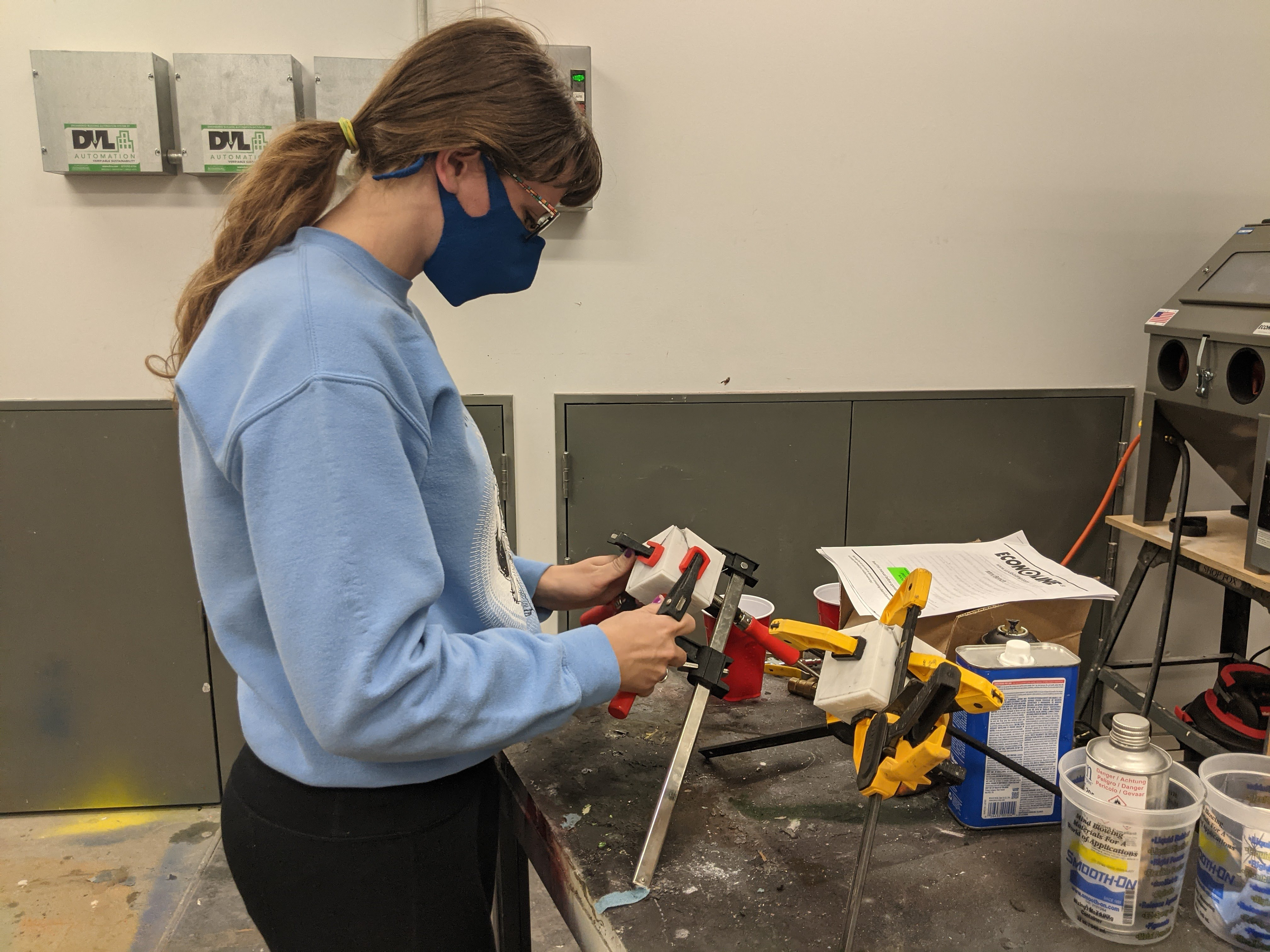It all started with a problem: The education system does not foster the understanding of complexity and ambiguity that is present in the world around us.
I began by reaching out to the community. I found an influential middle school teacher and 4 wonderful adolescents willing to give their time and thoughts to help me develop a solution. We worked together for 3 months to pinpoint current classroom shortcomings and strengths. The middle school teacher I spoke to ran his classroom in a very irregular way, to the dismay of the school he worked for. This prompted me reevaluate my design constraints. I wanted to give a solution that could be applicable to the current way schools operate, not force a whole new system upon them.


I had 6 months to develop a product that could facilitate a new type of learning. I first worked on the physical model. Making sure it was easy to manufacture, easily cleaned and stored, and easy to understand. The form I ended up with is similar to a common fidget toy, but made jumbo. This play with proportion began to take something ordinary out of context.
Next I had to make my physical form which was fun as a toy, into a vehicle for learning. I created a pseudo-storybook that was modular. This guaranteed the learning outcomes were not predetermined, because both the order and meaning of learning material was manipulated by the user. This engaged adolescents in their learning and told more than a single-sided story.
Throughout my process I checked-in frequently with my team of students. They were on board with what I was doing, but the challenge was convincing others. I developed many slide decks with facts on information retention and quotes by middle schoolers. I made diagrams on how my product was used and why it produced the outcomes listed on the screen. Nothing really seemed to stick and listeners had many questions. I had to adjust my methods to reach my audience.
I found my groove when I started to show my audience live, with students, how my classroom tool worked. We would go though a lesson using my tool. We would tell the same story in 4 different ways, netting 4 different learning outcomes. Discussions and discourses would arise unscripted, showing something new and uncommon in a regular classroom. The audience could now see the contrast between the current flawed system, to the possible future filled with adolescents that are excited about learning and are autonomous and self-directed.